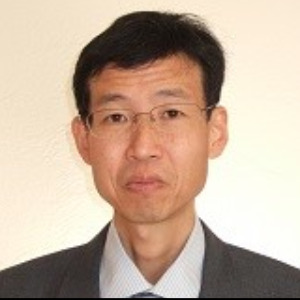Synthesis of Organic, Inorganic, And Hybrid Nanobiotechnology
Organic, inorganic, and hybrid Nanobiotechnology are synthesized using a variety of techniques. For example, organic Nanobiotechnology can be synthesized using chemical and biological processes such as polymerization, self-assembly, and bioconjugation. Inorganic Nanobiotechnology, on the other hand, can be synthesized using physical methods such as template synthesis, colloidal synthesis, and sputtering. Hybrid Nanobiotechnology combine the advantages of both organic and inorganic Nanobiotechnology, and can be synthesized using a combination of chemical and physical processes. Organic Nanobiotechnology are typically composed of carbon-based molecules and can be synthesized using chemical and biological processes. For example, polymerization involves the reaction of two monomers to form a polymer chain, while self-assembly involves the formation of complex structures via non-covalent interactions. Bioconjugation involves the attachment of functional groups to molecules to modify their properties. These processes can produce a wide range of organic Nanobiotechnology, including polymers, dendrimers, liposomes, and nanogels. Inorganic Nanobiotechnology, such as metals, semiconductors, and oxides, are typically synthesized using physical methods. Template synthesis involves the use of a template to control the shape of the nanomaterial, while colloidal synthesis involves the addition of reagents to a suspension of particles to form Nanobiotechnology. Sputtering involves the bombardment of a target material with ions to form Nanobiotechnology.

Harry Ruda
University of Toronto, Canada
Raman Singh
Monash University, Australia
Paulo Cesar De Morais
Catholic University of Brasilia, Brazil
Xiao Hong Nancy Xu
Old Dominion University, United States
S V A R Sastry
Harcourt Butler Technical University, India
Vinayak Adimule
Angadi Institute of Technology and Management, India



Title : 40,000 implants in humans and no failure: The impact of nanomedicine
Thomas J Webster, Hebei University of Technology, China
Title : Cellulose-derived biochar modified with iron oxide and ZnO nanoparticles by a novel one-step pyrolytic method for removal of emerging contaminants from water
Rashad Al Gaashani, Hamad Bin Khalifa University, Qatar
Title : Harnessing the unique properties of engineered nanostructures for sensing
Harry Ruda, University of Toronto, Canada
Title : Circumventing challenges in developing CVD graphene on steels for extraordinary and durable corrosion resistance
Raman Singh, Monash University, Australia
Title : Nano DAP augments productivity, phosphorus use efficiency, and profitability of spring wheat in India
Binaya Kumar Parida, Coromandel International Ltd, India
Title : Lipid nanoparticles formulations: From bench scale to industrial scale
Mohammad A Obeid, RAK Medical and Health Sciences University, United Arab Emirates